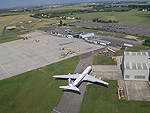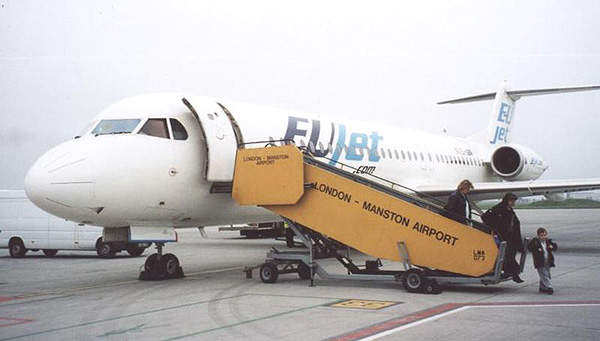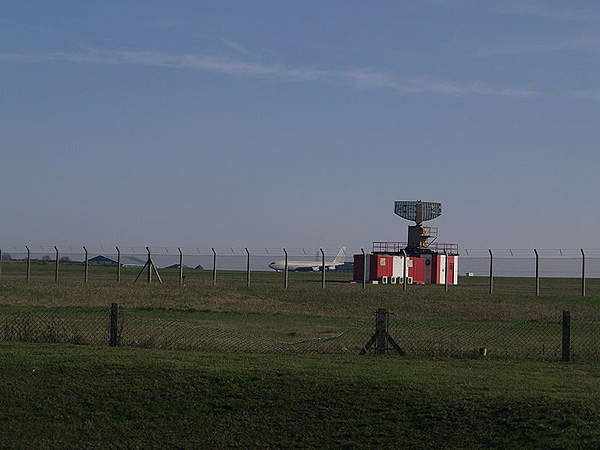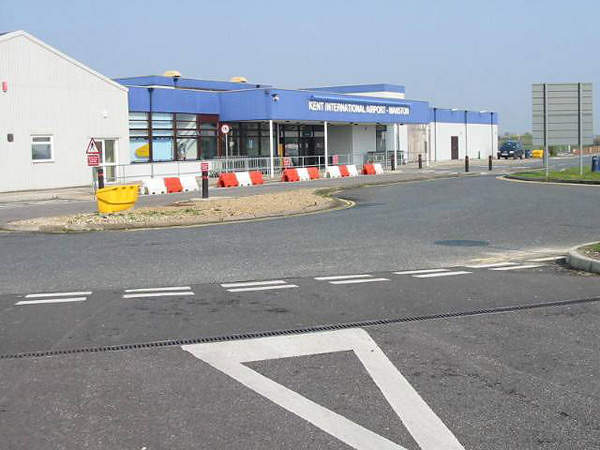Kent International Airport serves the county of Kent, in South East England. The airport is located in Manston, in the district of Thanet, 110km from London. The airport handles more than 48,000 passengers with 18,000 aircraft movements annually.
Kent International Airport has been owned by Infratil Airports Europe since August 2005. Infratil also operates Glasgow Prestwick Airport. In March 2012, the company has put the two airports up for sale, as it plans to focus its investment in other sectors.
History of Kent’s airport
The airport’s history dates back to 1916, when it was used as a Royal Naval Station for seaplane operations. The base was active during the World War II and was used as a Strategic Air Command, by the US Air Force in 1950s.
The USAF withdrew from the base in 1960 after which the airport started operating as both civilian and RAF base.
In 1998, the Ministry of Defence decided to sell RAF Manston. In March 1999, the airport was turned into a complete commercial airport. The airport was acquired by Infratil from London Manston Airport in August 2005.
Master plan for the Kent International Airport
The Master Plan 2009 aims to expand the airport capacity to six million passengers per annum by the end of 2021.
A dedicated rail connection to the airport, with a station close to the terminal and a cargo interchange linking the airport and the central island area, is also planned. A series of road developments near the airport are being planned under the East Kent Access (EKA) major road improvement scheme.
With the airport put on sale by the operator, the implementation of the master plan now depends on the new owner.
Passenger terminal of the airport in South East England
The airport has a single terminal spread over 2,800 square metres. It has a capacity to handle 700,000 passengers per annum.
The terminal has six check-in desks, three passenger security departing gates, waiting areas, customs and immigration and passenger baggage processing facilities.
Aprons, runways and taxiways at Infratil’s airport
There are two main aprons in the airport. One is a passenger apron, which can accommodate four Code C aircraft (such as the Boeing 737 and Airbus A320) or three Code E aircraft (such as the Boeing 747 and Airbus A340). There is also a freight apron.
The airport has a single runway, 10/28, which is 2,752m long and 61m wide. The runway belongs to Instrument Landing System (ILS) Category 1. There are five taxiways – Alpha, Bravo, Charlie, Delta, Echo – connected to the runway.
Aircraft maintenance and aviation fuel storage
The airport has two aircraft maintenance hangars, which can service MD80, DC10, DC8 and general aviation aircraft. Other aircraft sometimes use the airport for ad hoc maintenance.
There are two aviation fuel depots located at the airport. The primary aviation fuel depot is located to the north of the passenger terminal. Fuel is currently transported from the nearby Isle of Grain facility to the airport by a road tanker.
Parking and transportation facilities at the former military base
The airport has 1,100 parking spaces. The parking area is on the east of the airport and is directly accessible from the B2050 Manston Road.
The airport has a highway access to the A299 corridor, which connects to the M2 motorway.
Eastonways operates a bus service to the airport. There are dedicated local taxi services.
Two rail routes serving Thanet provide rail access to the airport. The rail links terminate at Ramsgate from which bus services by Eastonways operate.
Future of the Kent International Airport
A new passenger terminal of 24,000 square metres, with capacity to handle three million passengers per annum, is planned to be constructed by 2018.











